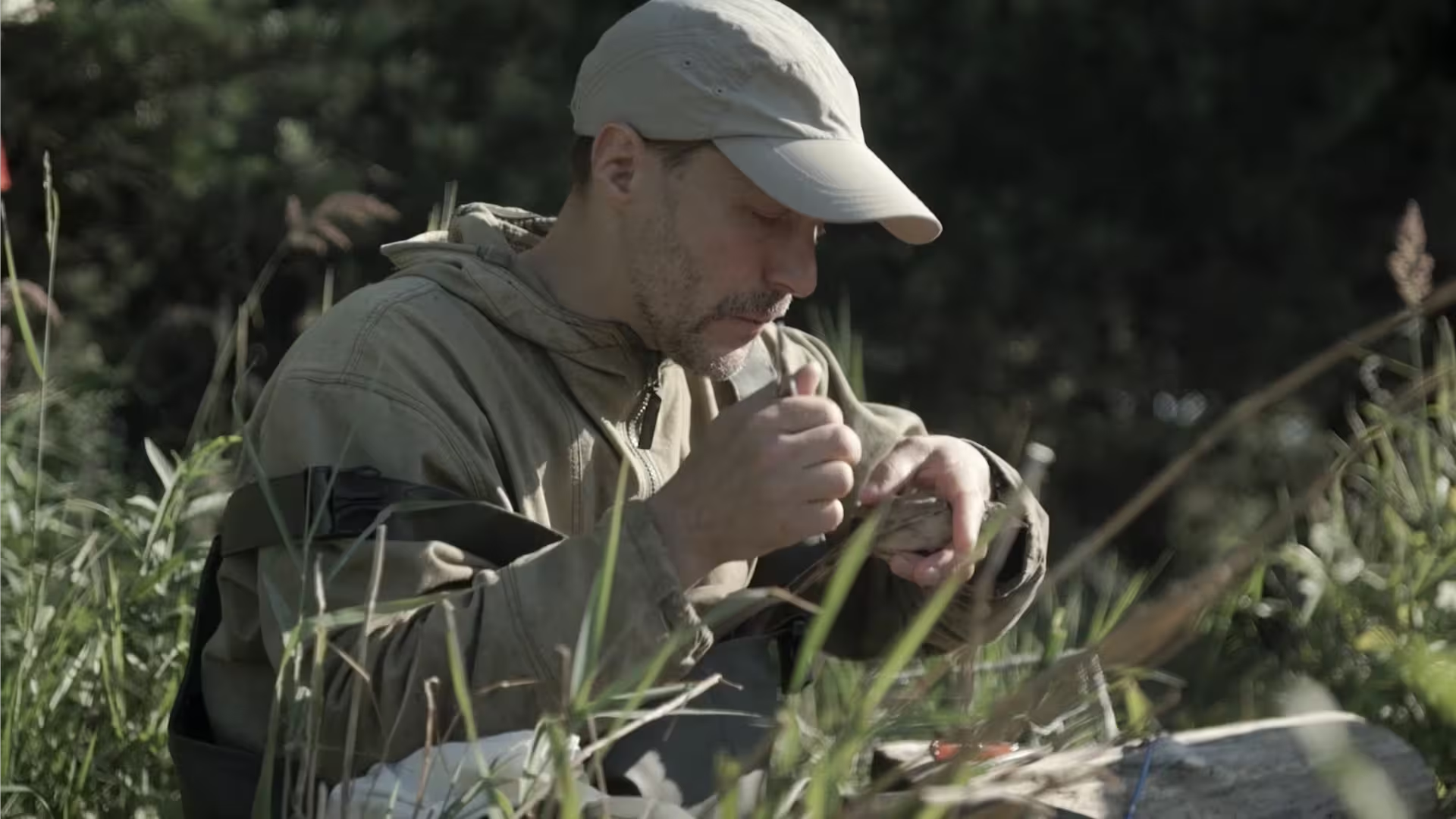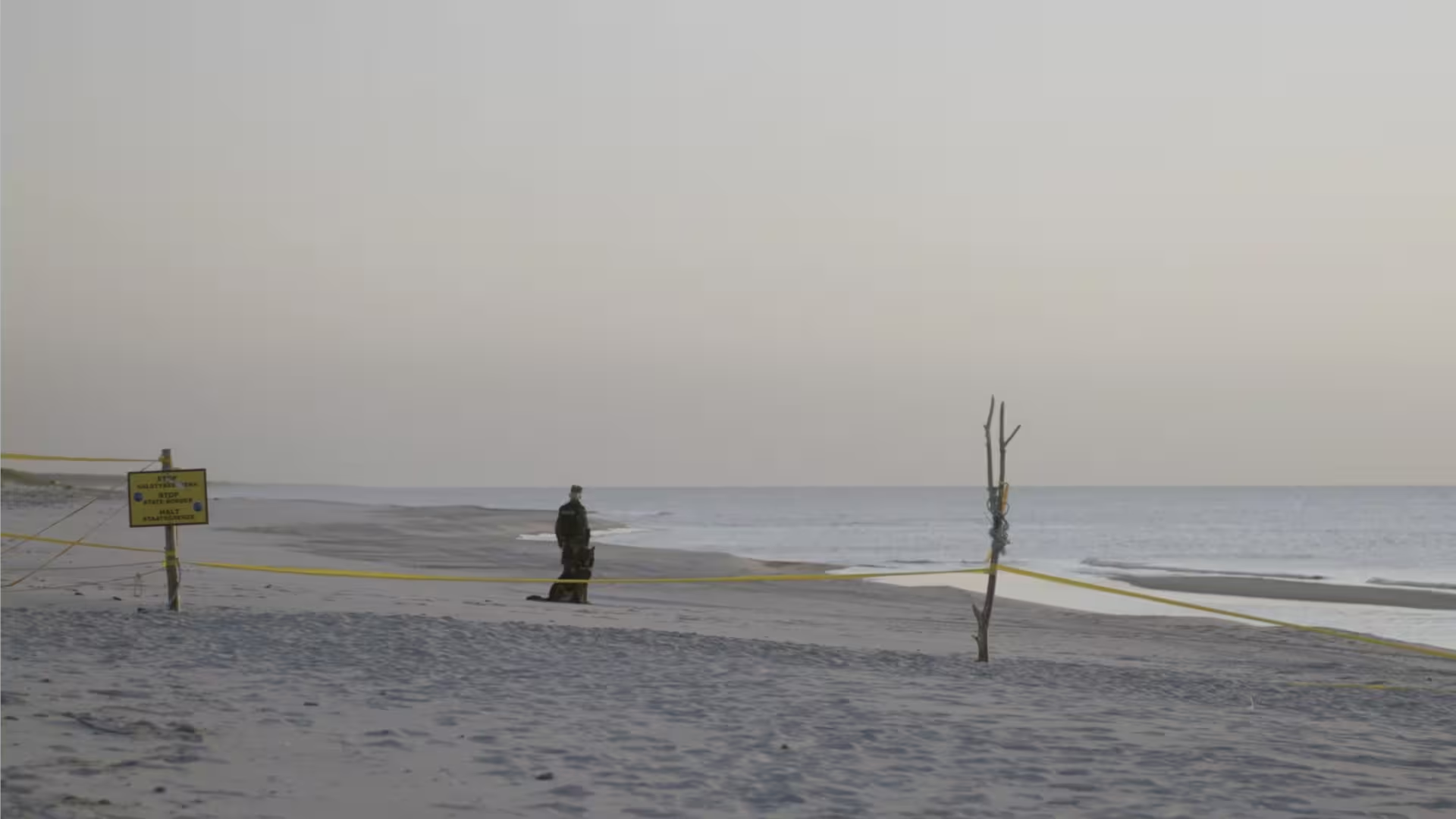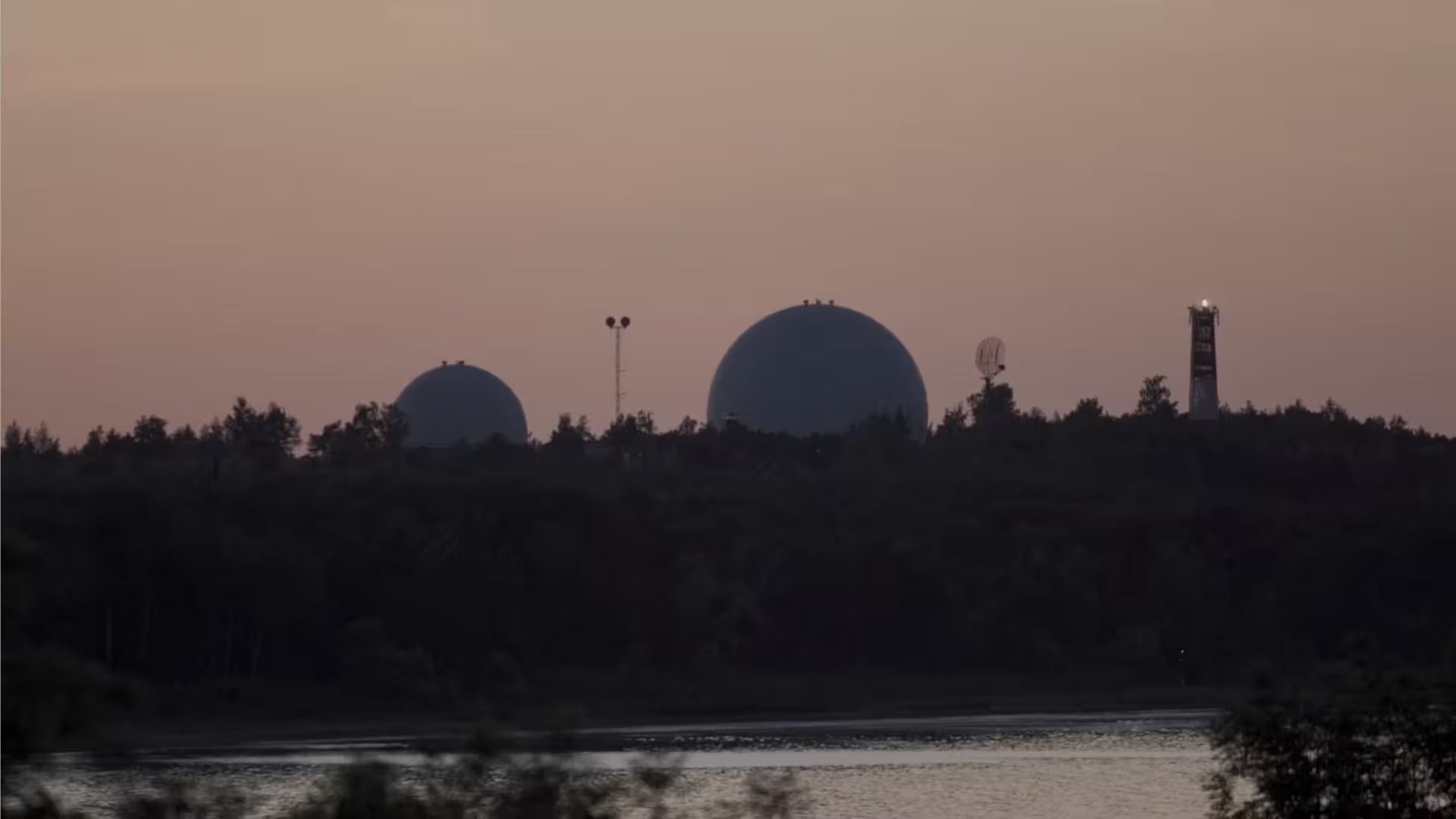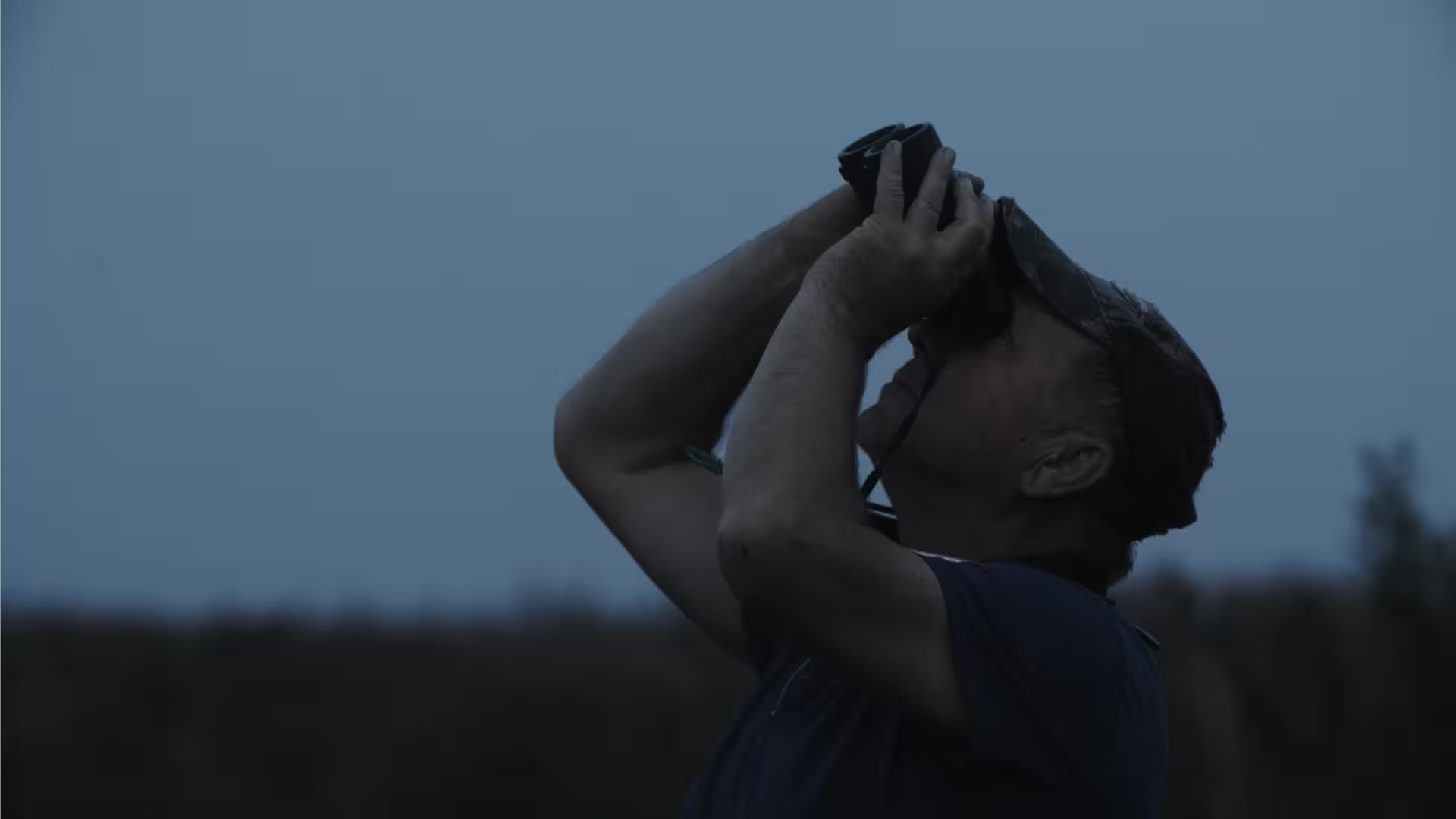Before the collapse of the USSR, there was no border between Lithuania and Kaliningrad; they were part of the same country. Now, though, the border between them is not just between two nations but between two spheres of influence, two broader worlds; between Russia and Lithuania, between Russia and the EU, between a revanchist, expansionist, aggressive state and a Baltic country fearful of being invaded again.

Andrey works at the Rybachy Biological Station in Kaliningrad, close to the border with Lithuania, as an ornithologist. He studies the amazing array of birds that migrate through this region, measuring and tracking them, taking school children on tours and teaching them about nature.
The location is ideal: on the Curonian Spit, a 98km-long sand dune that separates the Curonian Lagoon from the Baltic Sea, allowing birds to migrate without crossing the open sea.
But the border between Russia and Lithuania passes right down the middle of the spit, and tensions are rising between the two countries: Lithuania plans to build a bigger border fence, and cooperation is not on the table.

There’s a point where Puidokas seemingly mics up a telescope, eavesdropping on what people say as they look through it. Nothing is ornithological; it’s all talk of Russia and the border, jokes about being invaded, the humour still possible in 2019–21, a couple of years before the invasion of Ukraine. “Is that a warship?” one asks nervously. “A whole fleet of them,” comes the reply.

Over in Lithuania, Vytautas is doing similar work to Andrey at the Ventė ornithological station, casting suspicious glances towards the Russians and boasting to visitors of the Lithuanians’ superior skills and work-rate.
Do you know why we catch more birds? Because we have better nets and we work better.

But Andrey wants to research things that the border line frustrates. He wants to track Great Reed Warblers, but they stubbornly refuse to limit their range to national boundaries, and so tracking them will involve following them across the lagoon and into Lithuania. He proposes a joint project with Vytautas, to track birds through radio antennae. Vytautas agrees to allow antennae to be installed on the Lithuanian side of the border, at Ventė.
They have to deal with bureaucracy and other obstacles, but they end up working together and setting up the antennae, a small act of cooperation across an increasingly tense border. We see Vytautas’s rhetoric soften; soon he’s boasting to the people on tours not of Lithuanian superiority in ringing birds, but the project they’re working on together.